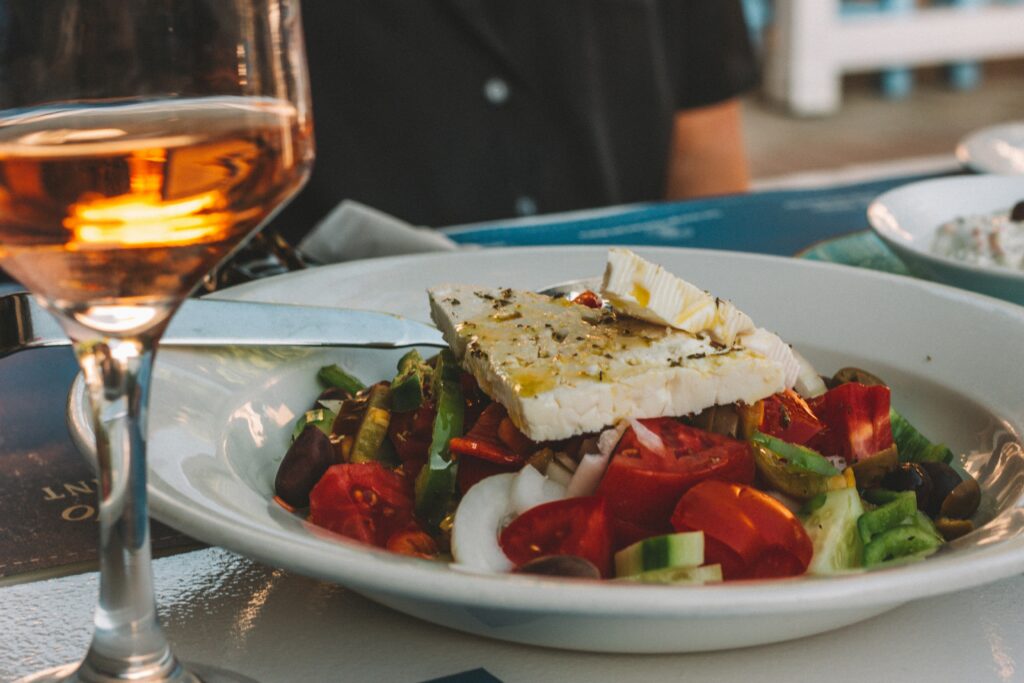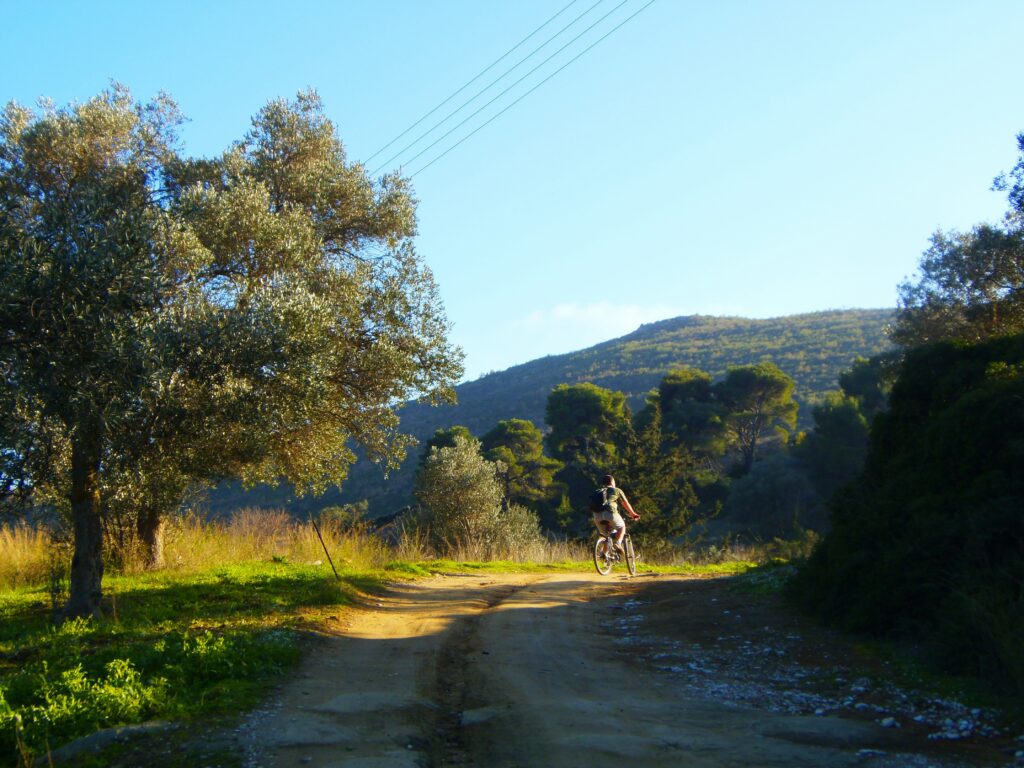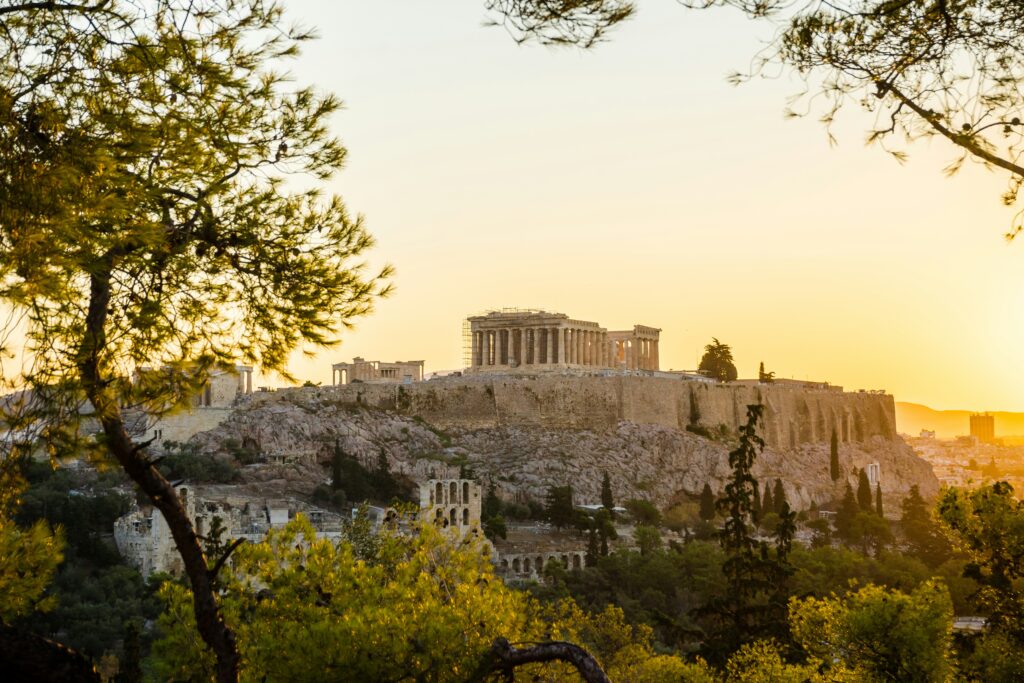There’s something about the light in Greece that’s impossible to photograph, difficult to describe, but unmistakable once you’ve experienced it. It’s not simply brightness—though Greece is certainly bright, with sun that feels closer somehow, more direct. It’s a quality of clarity, of definition, as if the air itself has been distilled to its essential elements. Colors appear more saturated—the blue of the sea shifts from pale turquoise to deep sapphire in gradients that seem digitally enhanced but are simply, impossibly, real. White buildings don’t just reflect light; they seem to glow from within. Shadows are sharper, edges more defined, distances easier to judge.
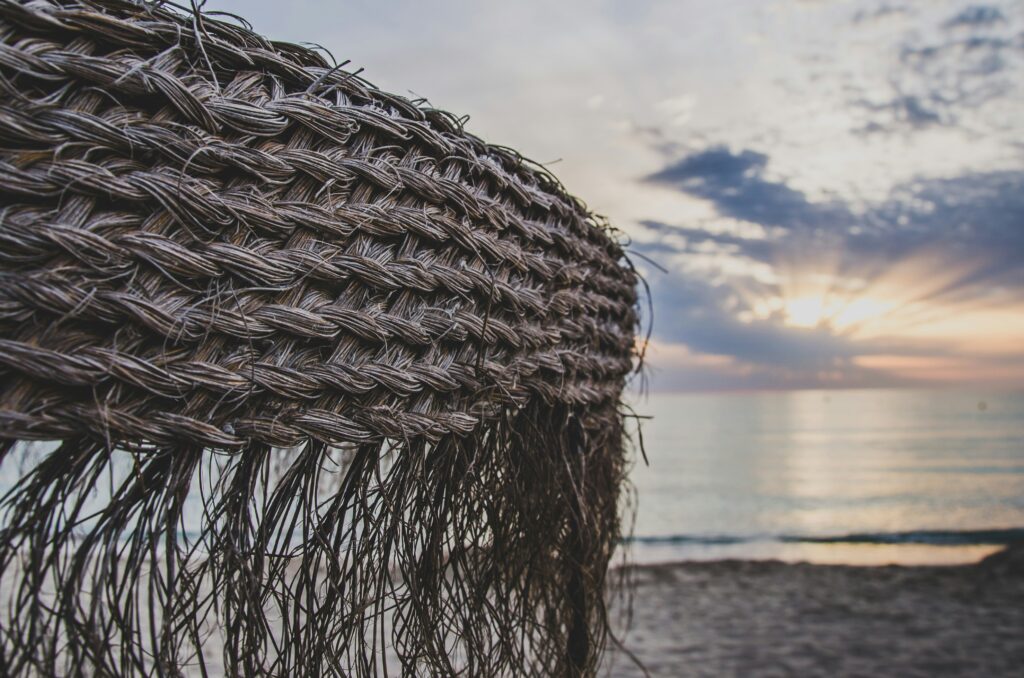
Painters have tried for centuries to capture this light—from ancient pottery decorators to Byzantine icon painters to modern artists who return year after year, attempting to translate what their eyes perceive onto canvas. Photographers fill memory cards, adjusting exposures and filters, trying to reproduce what they’re seeing. But the light always exceeds representation. It exists in relationship with the observer, in the quality of attention it demands and rewards.
Perhaps this light is part of why Greece became the birthplace of Western philosophy and democracy, why the ancient Greeks developed ways of thinking about the world that emphasized clarity, reason, and careful observation. How could you not want to see clearly in light like this? How could you not develop aesthetics that valued clean lines, balanced proportions, the beauty of essential forms revealed rather than obscured? The Parthenon, that achievement of marble and mathematics, makes perfect sense when you understand it was designed to be seen in this light, to embody in stone the clarity that the air itself demonstrates.
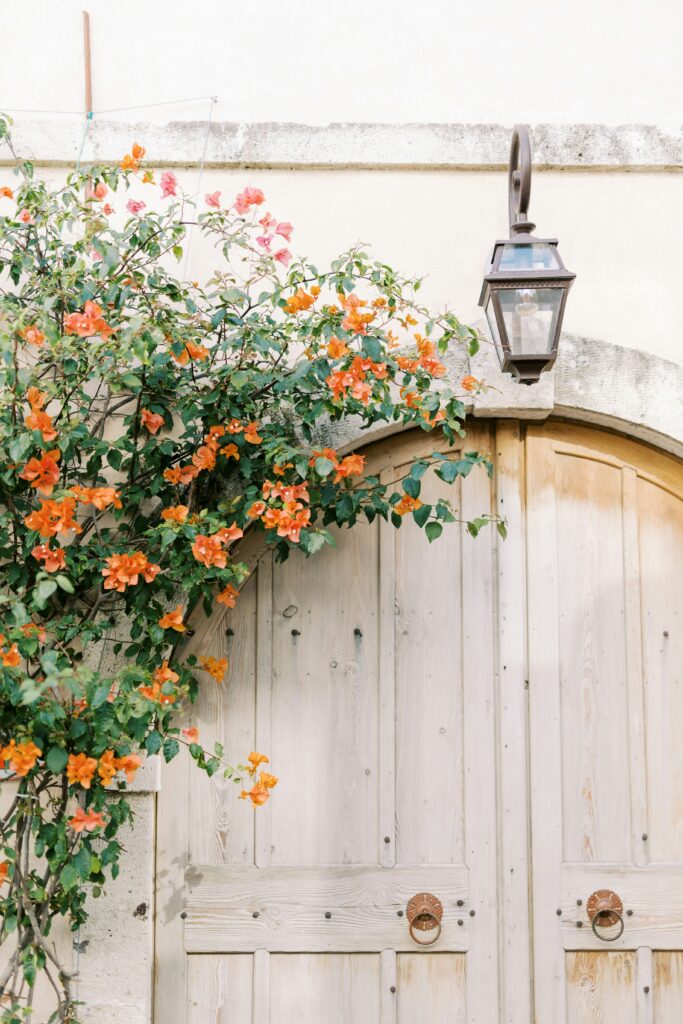
For those who come to Greece seeking yoga and wellness, the light becomes part of practice, whether consciously acknowledged or not. Morning practice in this light feels different—you see your body more clearly, notice alignment with greater precision, understand the relationship between breath and movement with less intellectual effort. The light teaches by example: this is what clarity looks like, this is attention without strain, this is seeing what’s actually present rather than what we expect or imagine.
Simplicity as Revelation
The Greek landscape, particularly on the islands, demonstrates a kind of elegant austerity. This isn’t the lush abundance of tropical destinations or the dramatic grandeur of mountain ranges. It’s beauty achieved through subtraction, through what’s not there as much as what is. Bare rock, sparse vegetation adapted to survive on minimal water, architecture reduced to geometric essentials—cube houses, domed churches, straight lines and right angles punctuated by the occasional curve of an arch or dome.
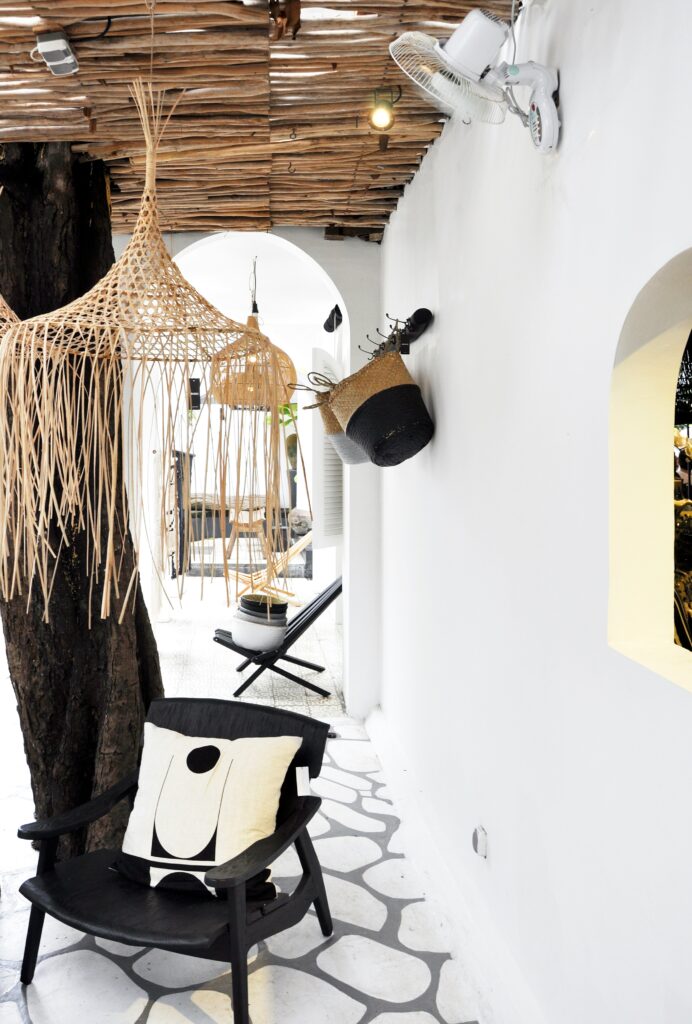
This simplicity isn’t poverty but refinement. It’s the aesthetic that emerges when you must make do with what’s available—local stone, lime plaster, minimal decoration—and discover that these constraints produce not limitation but liberation. When you can’t hide behind excessive ornamentation or material abundance, essential beauty must speak for itself. A whitewashed wall becomes a canvas for light and shadow. A single blue door in an expanse of white becomes an event, a punctuation mark that draws the eye precisely because it’s not competing with visual noise.
Walking through Greek villages, especially the older ones that haven’t been renovated for tourism, you’re struck by how little is needed for habitation to be beautiful. A stone house with small windows (protection from summer heat), a courtyard with a fig tree for shade, a simple wooden table and chairs, pots of basil and geraniums on the steps. No lawn to maintain, no elaborate landscaping, no accumulation of outdoor furniture and decorative objects. Just shelter, shade, the essentials of living arranged with an eye for proportion and placement.
This simplicity offers lessons that resonate with yoga philosophy’s emphasis on aparigraha—non-grasping, non-accumulation, the practice of living with what’s sufficient rather than always reaching for more. When you’re staying in a simple Greek room—whitewashed walls, a comfortable bed, a small table, a window framing the sea—you discover you don’t miss the things you thought were necessities. The absence of clutter creates space not just physically but mentally. Your attention isn’t constantly pulled toward organizing, choosing, maintaining. Instead, it can rest on what’s actually present: light, air, the sound of waves or wind, your own breathing.
Sea and Stone: The Elements of Presence
The Greek islands are fundamentally defined by their primary elements—sea and stone. These aren’t just background features but active presences that shape everything from architecture to daily rhythms to the quality of attention that the environment invites.
The sea surrounds, defines, connects, and separates. You’re always aware of it—the way light reflects off water and bounces into shadowed spaces, the sound of waves constant in the background, the smell of salt on the wind, the knowledge that beyond the visible shore, water extends to horizons you can’t see. The sea teaches vastness, movement, impermanence. It’s never the same twice—shifting with winds and tides, changing color with light and depth, sometimes calm enough to reflect the sky like a mirror, sometimes wild enough to make ferry schedules negotiable.
Standing at the edge of the Aegean, watching waves that have traveled across open water break against rocks worn smooth by millennia of this same action, you’re confronted with time scales that dwarf human concerns. These stones have watched civilizations rise and fall. These waters carried Phoenician traders, Roman galleys, Venetian merchant ships, Ottoman fleets, modern tourists. The sea doesn’t care about your deadline anxiety or relationship drama or financial worries. It simply continues its ancient rhythm—ebb and flow, build and release, the same patterns repeating in endless variation.
The stone—bare rock that forms the island skeletons—offers different teachings. Where the sea is movement, stone is stillness. Where the sea is changeable, stone is patient. The volcanic rocks of Santorini, the limestone cliffs of the Cyclades, the marble of ancient ruins—each stone holds memory of its formation, of the geological forces that shaped it, of the hands that cut and placed it if human-touched. Stone grounds you, literally and metaphorically. It’s the foundation beneath the whitewashed houses, the material of ancient temples and modern walls, the substance that remains when everything else has been stripped away by wind and weather.
Practicing yoga in Greek landscapes, you’re always in relationship with these elements. Morning practice on a stone terrace overlooking the sea isn’t just scenically pleasant—it’s a dialogue. Your body, temporary and changeable like the sea, finds grounding in stone beneath your mat and feet. Your breath, moving in and out like tides, helps you understand the relationship between stillness and movement, between what endures and what flows.
The Discipline of Light
Greek light is unforgiving in the best sense. It reveals rather than flatters. It shows what’s actually there—imperfections, cracks, the reality of bodies and buildings and landscapes without the softening filter that clouds or humidity provide in other climates. This isn’t harsh judgment but honest perception.
For yoga practitioners, this quality of light becomes a teacher of truthfulness. On the mat in Greek light, you can’t hide from yourself. You see clearly where you’re tight, where you’re compensating, where you’re straining rather than engaging properly. The clarity isn’t punishing but informative—this is what is, work with it rather than against it or pretending it’s otherwise.
This same clarity extends beyond physical practice into psychological and emotional territory. In environments that strip away the complexity and distraction of normal life—no work emails, no complicated schedules, no accumulation of possessions requiring attention—you’re left with yourself more directly. The light, metaphorically as much as literally, reveals what you’ve been carrying unnecessarily, where you’re holding tension, what needs releasing.
Many people who spend time in Greece report a particular quality of clarity that emerges—not through force or intensive practice but through subtraction, through the removal of everything obscuring clear seeing. It’s as if the light teaches by example: this is what perception looks like when it’s not clouded by agenda or expectation or the endless internal commentary that usually accompanies experience. This is attention that simply notices what’s present without immediately judging, categorizing, or trying to change it.
The Practice of Enough
Greek island life, especially in rural areas and small villages, demonstrates a relationship with sufficiency that’s increasingly rare in consumer cultures. This isn’t enforced poverty but chosen simplicity, a way of living that asks “what do we actually need?” and discovers the answer is less than modern marketing suggests.
A Greek taverna exemplifies this philosophy. The menu might offer only five or six dishes—whatever fish the boats brought in today, moussaka, Greek salad, perhaps a vegetable dish, local cheese. No fusion experiments, no extensive wine lists, no attempt to cater to every possible preference. Just good, simple food made well with what’s available. And this limitation isn’t experienced as restriction but as clarity—you don’t spend twenty minutes agonizing over options. You order, you eat, you enjoy, you move on.
The same principle extends to material life. A Greek home might have a few really good things—a sturdy table that’s been in the family for generations, ceramic dishes, copper cookware, simple furniture built to last. Not closets full of clothes or garages full of recreational equipment or storage units of things you might need someday. Just what’s used, loved, sufficient.
For visitors from cultures drowning in choice and accumulation, this is revelation. You discover you don’t need the elaborate skincare routine when sun, sea, and olive oil do the job better. You don’t need an extensive wardrobe when a few comfortable pieces in natural fibers rotate perfectly. You don’t need elaborate entertainment when conversation, reading, watching sunsets, and going to bed early then rising with the sun creates satisfying rhythm.
This isn’t deprivation but liberation. When you’re not constantly managing, organizing, choosing, and acquiring, enormous amounts of attention become available for actually living—for noticing the quality of light at different times of day, for really tasting your food, for conversations that meander without agenda, for the simple pleasure of watching clouds move across the sky or waves wash over stone.
Light as Metaphor, Light as Reality
In yogic and spiritual traditions across cultures, light serves as metaphor for consciousness, awakening, clarity. We speak of enlightenment, of seeing the light, of darkness representing ignorance or confusion. These metaphors work because they tap into universal human experience—we see better in light, we navigate more safely, we’re less afraid.
But in Greece, the metaphor and the reality merge. The actual physical light—not symbolizing but embodying clarity, definition, the ability to see what’s truly present—becomes inseparable from the inner light that practice aims to cultivate. When you practice in Greek light, you’re not just using a convenient metaphor but working with an environment that actively supports the internal work of clarification and awakening.
This is perhaps why so many people report that their most profound meditative experiences happen not in formal meditation halls but in Greek landscapes—sitting on a cliff overlooking the sea, walking through olive groves, watching sunrise turn the whitewashed walls of a village from blue-gray to rose to brilliant white. The external clarity invites and supports internal clarity. The simplicity of the landscape reflects and reinforces the simplicity that meditation seeks to cultivate.
You can practice yoga anywhere. You can meditate in cities, in studios, in mountains, in forests. But there’s something about practicing in Greece—under this particular light, surrounded by this specific quality of simplicity, held by the timeless rhythm of sea and stone—that accelerates and deepens the work. It’s not that Greece makes enlightenment easier, but that the environment removes obstacles, strips away what’s unnecessary, and lets you encounter yourself and the present moment with less mediation, less distraction, less hiding.
Returning to Complexity
The challenge, of course, is that we don’t live in Greek villages with whitewashed walls and endless views of the Aegean. We live in complex modern environments with jobs, relationships, responsibilities, and thousand daily decisions. Can the lessons of Greek light and simplicity translate? Or are they just temporary reprieves, pleasant memories that fade once ordinary life resumes?
Perhaps the answer lies not in trying to recreate Greece elsewhere—you can’t control the quality of light or the necessity of possessions in your particular life circumstances—but in remembering what Greece teaches: that clarity is always available when you remove what obscures it. That simplicity is a choice, not a condition, and you can choose it in small ways regardless of external circumstances. That enough is discoverable when you stop long enough to ask the question honestly.
You might not be able to live on a Greek island, but you can declutter your space, keeping only what serves or brings genuine joy. You can simplify your schedule, saying no to commitments that don’t align with what matters most. You can practice the Greek art of presence at meals, putting away devices and actually tasting your food, actually seeing the people you’re eating with. You can watch sunsets wherever you are, noticing how light changes, how shadows lengthen, how the ordinary world becomes extraordinary when you pay attention.
The light of Greece teaches that beauty doesn’t require elaboration, that clarity emerges from subtraction rather than addition, and that the present moment—this light, this breath, this body, this sea, this stone—contains everything you need if you can simply be present to receive it. That lesson travels. That lesson, once truly learned, illuminates wherever you are.
More about Yoga and Wellness in Greece
Yoga and Food Retreats in Greece: The Healing Power of the Mediterranean Diet
Food in Greece is never just fuel—it’s culture, connection, celebration, and at its best, a…
Yoga and Detox Retreats in Greece: Reset Under the Sun
The concept of purification through fasting and cleansing is hardly new to Greece. Ancient Greeks…
Yoga and Sailing Retreats in Greece: Freedom on the Aegean Sea
There’s something profoundly liberating about waking up in a different bay each morning, about having…
The Light of Greece: A Meditation on Simplicity
There’s something about the light in Greece that’s impossible to photograph, difficult to describe, but…
Eco Yoga Retreats in Greece: Between Olive Trees and Blue Horizons
There’s an inherent alignment between yoga philosophy and ecological consciousness—both invite us to recognize our…
Yoga Retreats Near Athens: Balance Beyond the City
Athens doesn’t immediately conjure images of wellness retreats. The Greek capital is known for its…

